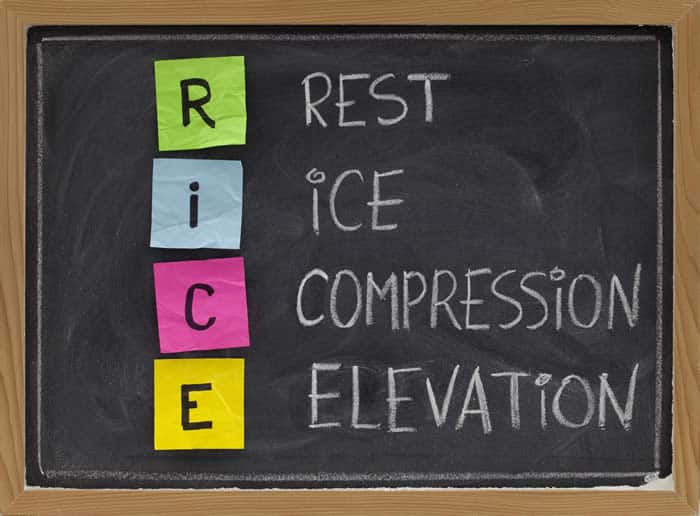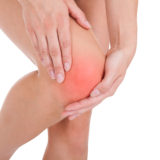

One of the best things about summer is its many sports options. Golf. Volleyball. Canoeing. Kayaking. Outdoor cycling and running. The list goes on and on. Yet, sometimes, with these sports come injury and pain.
Here are a few of the most common sports injuries and how to avoid them. We also share a few tips for engaging in sports when you have a chronic pain condition.
Most Common Sports Injuries
In 2020, according to the National Safety Council, there were more than 2.7 million sports and recreational injuries in the U.S. (1) Individuals between the ages of 25 and 64 were the most likely to be injured, followed by kids and teens (5 to 14 years), then young adults (15 to 24 years).
Additionally, injuries involving bicycles were the most common, then exercise-related injuries, injuries while using smaller motor vehicles (ATVs, mopeds, etc.), skateboard injuries, and injuries while playing basketball.
The National Institutes of Health adds that the most common sports-related injuries include: (2)
- Sprains and strains
- Swollen muscles
- Fractures
- Dislocations
- Lower leg injuries (injuries to the knees, Achilles tendon, and pain along the shin bone)
- Injuries to the rotator cuff
What to Do If You Have an Injury or Pain
If you experience pain while engaging in your favorite summertime activity, stop what you’re doing immediately and rest. In cases of light to moderate pain, applying the RICE method can help.
This involves:

- Rest – reducing your activity level, giving the pain time to subside
- Ice – applying a cold pack to reduce inflammation and swelling
- Compression – wrapping the painful area, also assisting with swelling
- Elevation – keeping the injured area above heart level to also reduce swelling
If you suspect that you may have an injury or if you have moderate to severe pain, seek medical attention. Tests can be run to determine the type and extent of the injury. This will help dictate the best course of treatment.
Ways to Avoid Injuries When Playing Sports
While sports injuries can happen despite your best efforts to avoid them, there are some things you can do to help reduce your risk.
One is to talk with your healthcare provider before engaging in a new sports activity to ensure that it is safe for you given your health status and condition.
If given the approval to participate in sports and recreational activities, work into them slowly to get your body used to the movements. This can also help to build up your stamina before playing your sport of choice, increasing your fitness level. Only play for a few minutes before giving yourself a break. For example, only commit to nine holes of golf before tackling all 18.
Before every activity session, take the time to warm up. Get the blood flowing to your muscles to prepare them for the increase in movement. Even a small walk can help with this. Aim for 5-10 minutes of light movement.
If you’re going to be using certain body parts, you may also want to do some light stretching of those muscles. For instance, if you will be playing softball, stretching your arms, chest, shoulder, and back can help loosen up those areas. This also helps reduce your risk of injury.
Engaging in Sports When You Have a Chronic Pain Condition
If you have a chronic pain condition such as arthritis or fibromyalgia, you may think that summer sports are off-limits. However, they don’t have to be. In fact, research indicates that engaging in some type of physical activity may even help to reduce the severity of your pain, improve your physical function, and give you a higher quality of life. (3)
You may experience some muscle soreness at first, but this generally goes away as you get used to the new activity. If your pain is in the joints, choosing low-impact exercises such as swimming and walking can help reduce the stress placed on these areas of the body. Keep your activity sessions shorter, resting every few minutes so you don’t further aggravate the pain.
Improving Joint and Bone Health
Taking action to improve the health of your joints and bones is another good step for potentially avoiding sports-related injury and pain, and certain supplements can help.
For example, Turmeric 95 can help reduce inflammation and the pain it causes. Pain Relief Complex is another option for easing inflammation while supporting healthy joint function.
Check out more supplements aimed at improving joint and bone health and continue to participate in the sports you love this summer while doing what you can to limit your risk of injury and pain.




